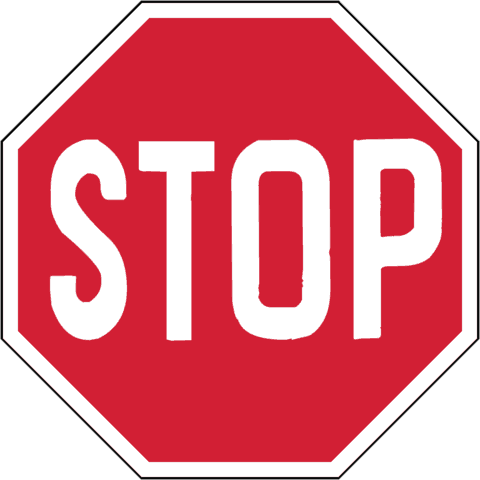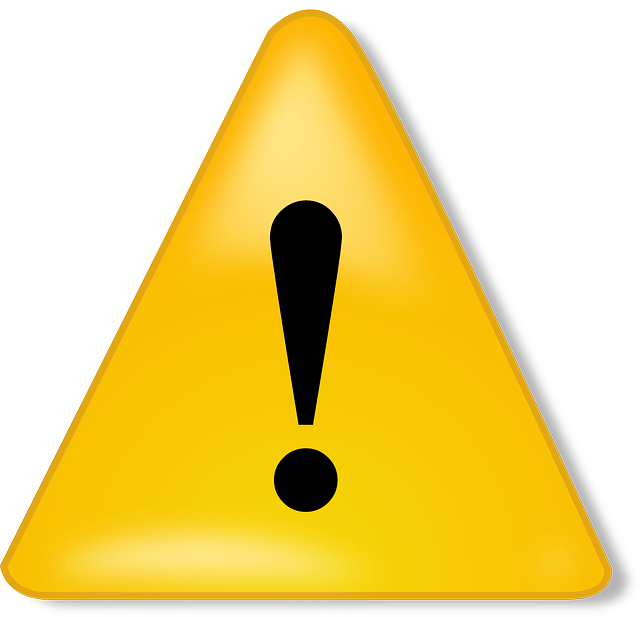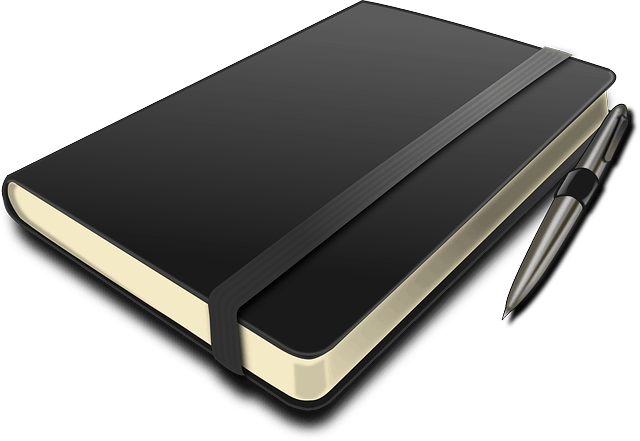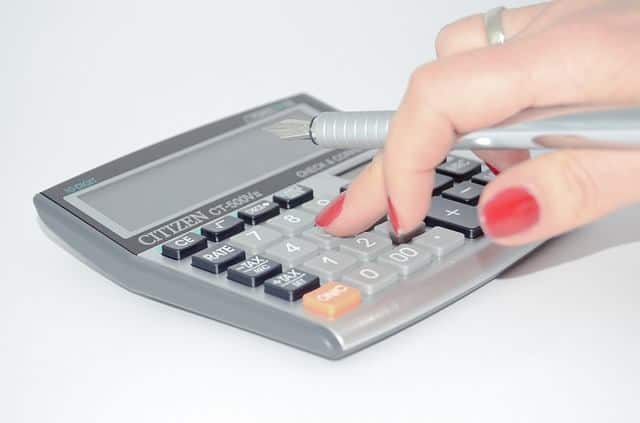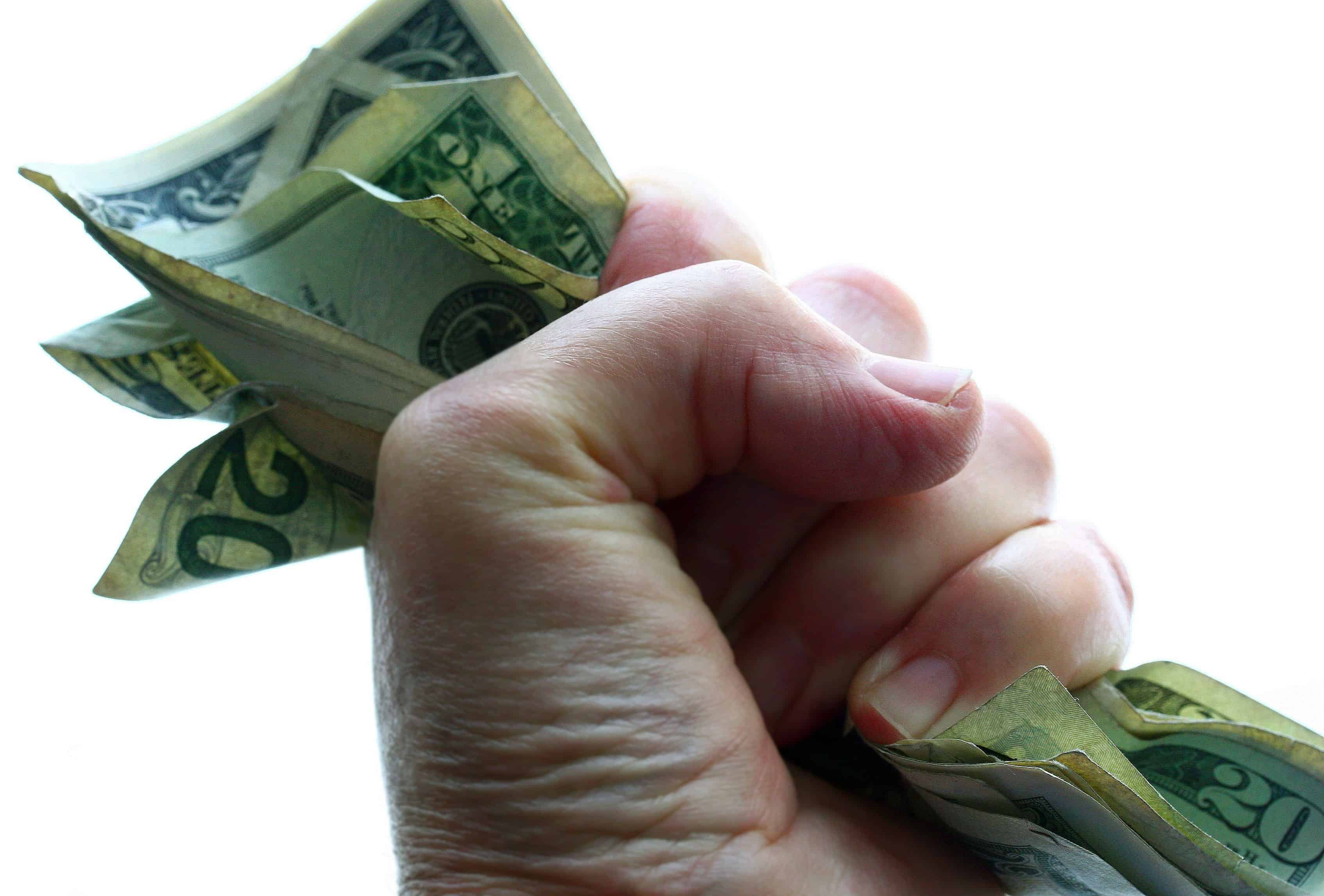SECTION 50-21-112. Operation of moving motorized water device or water device under sail while under the influence of drugs and/or alcohol; offense; penalties.
(A) It is unlawful for a person to operate a moving motorized water device or water device undersail upon the waters of this State while under the:
(1) influence of alcohol to the extent that the person’s faculties to operate are materially and appreciably impaired;
(2) influence of any other drug or a combination of other drugs or substances which cause impairment to the extent that the person’s faculties to operate are materially and appreciably impaired; or
(3) combined influence of alcohol and any other drug or drugs, or substances which cause impairment to the extent that the person’s faculties to operate are materially and appreciably impaired.
For purposes of this section “drug” means illicit or licit drug, a combination of licit or illicit drugs, a combination of alcohol and an illicit drug, or a combination of alcohol and a licit drug.
(B) A person violating this section is guilty of a misdemeanor and, upon conviction, must be punished:
(1) for a first offense, by a fine of two hundred dollars or imprisonment for not less than forty-eight hours nor more than thirty days. However, in lieu of the forty-eight hour minimum imprisonment, the court may provide for forty-eight hours of public service employment. The minimum forty-eight hour imprisonment or public service employment must be served at a time when it does not interfere with the offender’s regular employment under terms and conditions, as the court considers proper. However, the court may not compel an offender to perform public service employment instead of the minimum sentence;
(2) for a second offense, by a fine of not less than two thousand dollars nor more than five thousand dollars and imprisonment for not less than forty-eight hours nor more than one year. However, the fine imposed by this item may not be suspended in an amount less than one thousand dollars. Instead of service of imprisonment, the court may require that the individual complete an appropriate term of public service employment of not less than ten days upon terms and conditions the court considers proper. Upon imposition of a sentence of public service, the defendant may apply to the court to be allowed to perform his public service in his county of residence if he has been sentenced to public service in a county where he does not reside;
(3) for a third offense, by a fine of not less than three thousand five hundred dollars nor more than six thousand dollars and imprisonment for not less than sixty days nor more than three years.
(C) Any person convicted of operating a water device in violation of subsection (A), in addition to any other penalties, must be prohibited by the department from operating any water device within this State for six months for the first conviction, one year for the second conviction, and two years for the third conviction. Only those violations, which occurred within ten years including and immediately preceding the date of the last violation, shall constitute prior violations within the meaning of this section.
A person whose privilege is suspended under the provisions of this section must be notified by the department of the suspension and of the requirement to enroll in and successfully complete an Alcohol and Drug Safety Action Program certified by the Department of Alcohol and Other Drug Abuse Services prior to reinstatement of the privilege. An assessment of the extent and nature of the alcohol and drug abuse problem, if any, of the applicant must be prepared and a plan of education or treatment, or both, must be developed based upon the assessment. Entry into and successful completion of the services, if such services are necessary, recommended in the plan of education or treatment, or both, developed for the applicant is a mandatory requirement of the restoration of privileges to the applicant. The Alcohol and Drug Safety Action Program shall determine if the applicant has successfully completed the services. The Department of Alcohol and Other Drug Abuse Services shall determine the cost of services provided by each certified Alcohol and Drug Safety Action Program. Each applicant shall bear the cost of services recommended in the applicant’s plan of education or treatment. The cost of services must be within the limits set forth in Section 56-5-2990(C). No applicant may be denied services due to an inability to pay. Inability to pay for services may not be used as a factor in determining if the applicant has successfully completed services. If the applicant has not successfully completed the services as directed by the Alcohol and Drug Safety Action Program within one year of enrollment, a hearing must be provided by the Alcohol and Drug Safety Action Program and if further needed by the Department of Alcohol and Other Drug Abuse Services.
The department and the Department of Alcohol and Other Drug Abuse Services shall develop procedures necessary for the communication of information pertaining to reinstating the privilege, or otherwise. The procedures must be consistent with the confidentiality laws of this State and the United States.
A person convicted under this section, in addition to any other penalties, shall be required by the department to attend and complete a boating safety education program approved by the department. The person required to attend the program shall reimburse the department for the expense of the program. The person’s privilege to operate a water device within this State shall be suspended until successful completion of the required program.
(D) The suspension penalties assessed under this section are in addition to and not in lieu of any other civil remedies or criminal penalties which may be assessed. No part of the minimum sentences provided in this section may be suspended.
(E) For the purposes of this chapter any conviction, entry of a plea of guilty or of nolo contendere or forfeiture of bail, for the violation of any law or ordinance of this or any other state or any municipality of this or any other state that prohibits any person from operating a vessel or water device while under the influence of alcohol or drugs or a combination of both constitutes a prior offense for the purpose of any prosecution for any subsequent violation of this section. Only those offenses which occurred within a period of ten years including and immediately preceding the date of the last offense constitutes prior offenses within the meaning of this section.
HISTORY: 1991 Act No. 138, Section 1; 1993 Act No. 181, Section 1269; 1999 Act No. 124, Section 2.E.

